Advancements in Window Material Technologies
Windows are not just openings in the walls, but our connection to the outside world.
Architects and homeowners always seek more efficient, safer, and cost-effective alternatives. While glass is a timeless classic, the modern era calls for materials that address contemporary challenges.
Learn more about glass alternatives and why acrylic and polycarbonate are popular choices.


An Expert is just around the corner.
With over 100 years of combined product knowledge and industry experience, we are confident our plastics experts can help you find a solution for your application.
Why Consider Alternatives to Glass?
Traditional glass, long favored for its elegance and utility, faces certain limitations in today's ever-evolving urban landscapes. Firstly, safety is a significant concern, as the tendency for glass to shatter can lead to potential injuries.
Moreover, its durability is compromised by prolonged exposure to external elements, impacting its clarity and structural integrity.
Lastly, while glass's inherent rigidity can stifle design innovation, the costs associated with its maintenance and eventual replacement can weigh heavily on budgets over time.
Using Acrylic for Windows
Acrylic, popularly known as plexiglass, has been quietly making its mark as a formidable alternative to glass. Here's why:
Noteworthy Properties:
Acrylic is surprisingly lightweight, making it easier to handle and install.
Its resistance to UV rays ensures the material doesn't yellow or degrade quickly.
Impressively, acrylic offers clarity that rivals traditional glass, providing clear views without compromise.
Key Advantages:
Being less prone to breakage, acrylic windows reduce the risk of injuries.
Whether it's a hailstorm or intense sunlight, acrylic remains steadfast, unaffected by extreme weather conditions.
Acrylic windows demand minimal upkeep and given their durability, require infrequent replacements.
Popular Uses:
For those seeking a modern aesthetic, acrylic windows offer a sleek look.
Greenhouses benefit from acrylic's light transmission, while playhouses benefit from its safety.
Using Polycarbonate for Windows
If there's one material that challenges the dominance of glass, it's polycarbonate. Here are some reasons someone might choose polycarbonate over windows:
Distinctive Properties:
Polycarbonate strength is hard to match, making breakages almost a thing of the past.
With light transmission capabilities rivaling glass, polycarbonate ensures interiors remain bright and inviting.
Unparalleled Benefits:
It's staggering to think that polycarbonate is up to 250 times stronger than glass. Its resilience is unmatched.
Its UV-blocking capabilities prevent interiors from fading, protecting without compromising brightness.
Its insulating properties make polycarbonate apt for regions with varying climates.
Diverse Applications:
Polycarbonate is an excellent choice for bulletproof windows in spaces demanding high security.
Its strength and clarity make it ideal for skylight bathing interiors in natural light.
Environmental Impact
Every decision we make, regardless of its scale, carries environmental consequences. This is particularly crucial when choosing building materials. From the recycling perspective, acrylic stands out as it can be transformed back into its monomer state, facilitating its recycling process.
In contrast, while recycling polycarbonate isn't as direct, it's feasible with the right facilities.
Considering the environmental footprint, both acrylic and polycarbonate often prove more resource-efficient than traditional glass in production. Their durability equates to fewer replacements and, thus, reduced waste. Additionally, certain alternatives offer enhanced insulation capabilities, promoting energy conservation and rendering buildings more environmentally conscious.
Flexible Films as Windows
Regarding window enhancements, flexible films are transformative, although subtle in appearance. Their array of applications has led to a surge in their popularity and adaptability in modern setups. Learn more about their distinct properties:
Characteristics:
Predominantly crafted from polyester, resulting in a fine yet resilient finish.
Standout attribute is the ability to block UV rays, providing an essential shield for indoor spaces.
A sizable proportion of these films come equipped with a self-adhesive layer, simplifying the installation process, and ensuring a secure fit.
Benefits:
These films moderate solar heat penetration, maintaining a consistent and pleasant internal ambiance.
Choose tinted variations, and you'll achieve an equilibrium between privacy and the influx of sunlight.
Some specialized films are tailored to offer enhanced security measures, ensuring that the film holds the fragments even if the glass shatters, reducing potential hazards.
Ready To Switch to Plastic?
Materials such as acrylic and polycarbonate have emerged as strong contenders for efficient, safer, and cost-effective window alternatives to traditional glass. These materials address glass's limitations—like its propensity to shatter and degrade over time—and offer distinct advantages like UV resistance, strength, and energy efficiency.
Find Out More
Choose safer, more efficient, and environmentally conscious alternatives to traditional glass. Browse products now or contact one of our specialists to find the right product for your needs!
Contact Us


